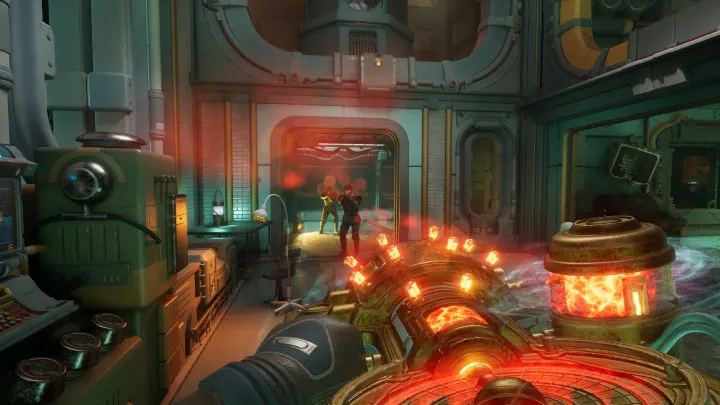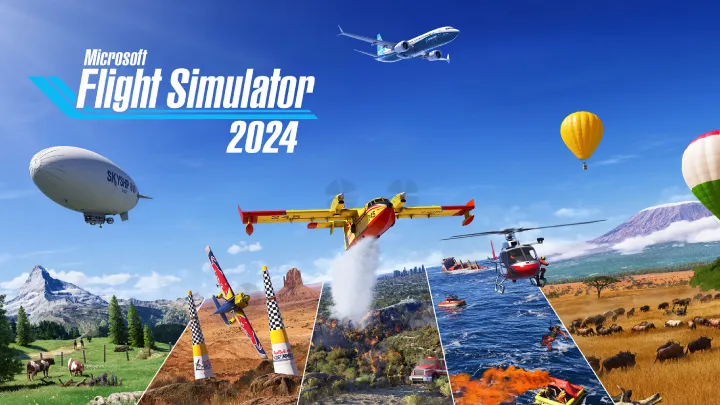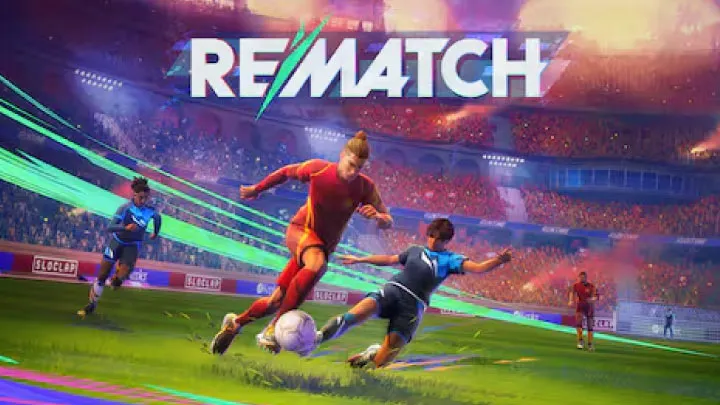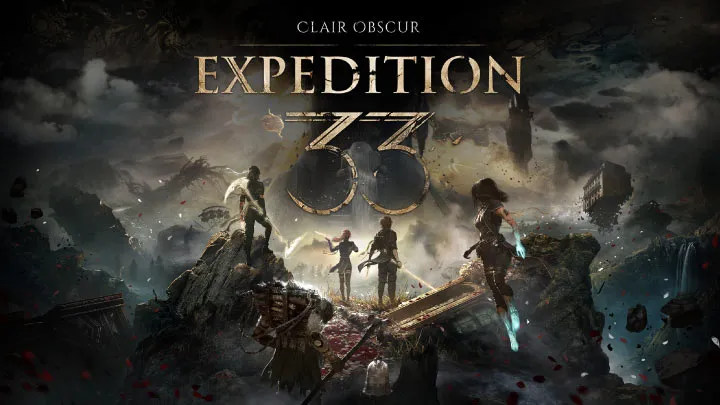The Outer Worlds 2 is a highly anticipated action role-playing game that builds on the strengths of its predecessor. Players explore richly detailed alien worlds, engage in tactical combat, interact with complex characters, and make choices that shape the narrative. Success in The Outer Worlds 2 requires strategic thinking, mastery of combat systems, exploration, dialogue management, and resource optimization.
This guide provides a comprehensive approach to mastering the game. From character creation and skill development to combat strategies, exploration, and decision-making, every aspect is covered to help players excel.
By following this guide, you will enhance your gameplay experience, make informed choices, and achieve success in both story-driven and optional content throughout the galaxy.
Section 1 Understanding the Game Mechanics

Before diving into exploration and combat, it is essential to understand the core mechanics of The Outer Worlds 2. Players manage a character's stats, including health, strength, agility, intelligence, and perception, which directly influence combat and interactions.
Familiarize yourself with weapon types, armor, and inventory management. Different weapons and tools are suited for varying enemy types and environmental challenges.
Understanding dialogue choices and companion interactions is also crucial. Decisions affect story outcomes, faction relations, and available resources, making strategic planning important for long-term progression.
Section 2 How to Create and Customize Your Character
Character creation is a critical first step. Select attributes that align with your intended playstyle, whether you prefer stealth, combat, hacking, or diplomacy.
Distribute skill points carefully. Combat-focused players should invest in weapon mastery and health, while strategic players may focus on dialogue, hacking, and persuasion.
Customization extends beyond stats. Armor selection, weapons, and gadgets influence effectiveness in combat and exploration. Early decisions set the stage for long-term performance and story options.
Section 3 How to Approach Combat Effectively
Combat in The Outer Worlds 2 is a mix of real-time shooting, tactical planning, and skill usage. Learn enemy patterns, weaknesses, and attack styles.
Use cover and positioning strategically. Moving between safe zones while maintaining line of sight increases survival. Timing special abilities and utilizing companions can turn difficult encounters into manageable fights.
Weapon variety matters. Switching between ranged, melee, and special weapons depending on enemy type enhances effectiveness and keeps combat dynamic.
Section 4 How to Upgrade Skills and Abilities
Skill development is essential for surviving tougher encounters and unlocking story options. Invest experience points in relevant abilities to match your playstyle.
Certain skills, such as hacking, engineering, and medicine, provide strategic advantages beyond combat. Upgrade these abilities to access hidden areas, enhance healing, and manipulate environments.
Balance offensive and defensive abilities. While offensive power helps eliminate threats quickly, defensive and support skills improve survivability and resource efficiency.
Section 5 How to Manage Inventory and Resources
Inventory management is crucial in The Outer Worlds 2. Weapons, armor, consumables, and crafting materials must be balanced to avoid running out of essential items.
Prioritize high-value resources for critical missions. Regularly discard or sell low-impact items to maintain space and efficiency. Crafting and upgrading gear ensures you remain prepared for difficult encounters.
Managing credits and trade opportunities is also vital. Efficient resource management allows players to purchase advanced equipment, healing items, and special weapons without compromising future missions.
Section 6 How to Explore Worlds and Find Hidden Content
Exploration is a core aspect of the game. The galaxy contains hidden areas, side missions, rare items, and lore-rich environments.
Interact with NPCs, complete secondary objectives, and investigate landmarks to uncover secrets. Pay attention to environmental cues, audio logs, and data points that guide you toward hidden content.
Exploration rewards curiosity. Some areas may contain unique weapons, rare crafting materials, or companions that significantly enhance gameplay. Planning exploration routes saves time and maximizes rewards.
Section 7 How to Make Strategic Decisions in Dialogue and Story
Dialogue choices shape the narrative and influence faction relationships. Approach conversations with strategic thinking, considering both immediate and long-term consequences.
Certain choices may unlock unique quests or companions, while others may create challenges or limit options. Understanding NPC motivations is essential for favorable outcomes.
Balancing morality and pragmatism affects story outcomes. Players who carefully consider dialogue choices can gain advantages in combat, resources, and story progression.
Section 8 How to Utilize Companions Effectively
Companions provide tactical support, dialogue options, and unique abilities. Choosing the right companion for missions enhances overall effectiveness.
Monitor companion skills, loyalty, and compatibility with your playstyle. Assign companions with complementary abilities to maximize combat efficiency.
Companions can also influence story choices and outcomes. Strategic use of their abilities and insights ensures both survival and narrative advantage.
Section 9 How to Approach High-Level Missions and Boss Fights

Challenging missions and bosses require preparation and strategy. Study enemy weaknesses, gear up appropriately, and plan your approach.
Use environment, cover, and abilities strategically. Some encounters may require stealth, distraction, or coordinated companion attacks.
Patience and adaptation are key. Learning boss patterns and adjusting tactics accordingly often results in success even in high-difficulty scenarios.
Section 10 How to Achieve Mastery and Long-Term Progression
Long-term success in The Outer Worlds 2 comes from continuous improvement, strategic planning, and flexible adaptation. Track stats, gear, and skill efficiency to optimize performance.
Balance story missions, side quests, exploration, and resource management. A well-rounded approach ensures steady progression and access to all content.
Staying aware of game updates, patches, and community strategies allows players to adapt to new challenges and maintain dominance throughout the galaxy.
Conclusion
The Outer Worlds 2 combines tactical combat, exploration, narrative choice, and strategic planning into a rich RPG experience. Mastering combat, character development, companions, resources, and decision-making allows players to thrive in both story-driven and optional content. By following this comprehensive guide, players can achieve success, uncover hidden secrets, and experience the full depth of The Outer Worlds 2.
Summary
A complete guide to combat, skills, companions, exploration, and strategy in The Outer Worlds 2 for mastery, success, and full story experience.

















